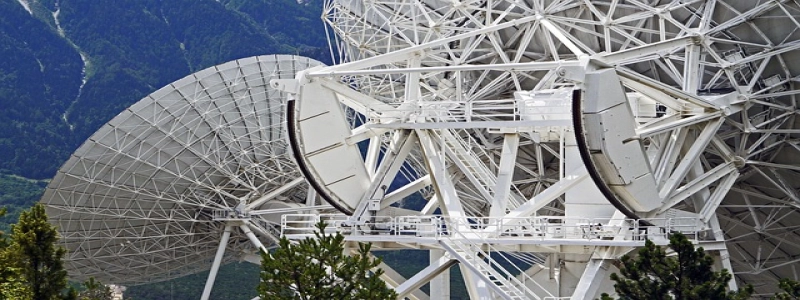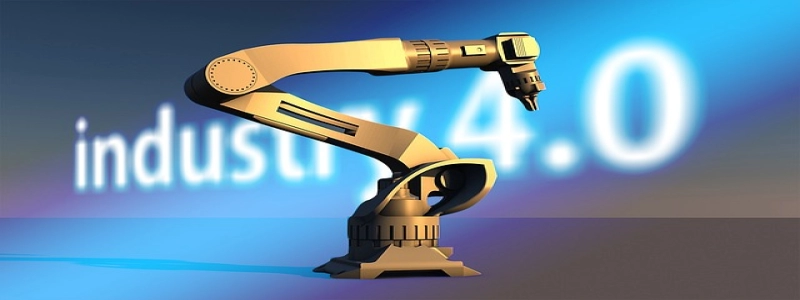Laser CO2 vs Diode
Introduction:
In recent years, laser technology has made significant progress in various fields, ranging from medical treatments to industrial applications. Two common types of lasers used today are CO2 lasers and diode lasers. Both lasers have their unique characteristics and applications. In this article, we will compare and contrast laser CO2 and diode lasers and delve into their different uses.
I. What is a Laser CO2?
A. Definition and mechanism
1. Carbon dioxide lasers produce high-intensity light by exciting carbon dioxide molecules.
2. A gaseous medium is used, which is highly efficient in producing laser radiation.
3. CO2 laser emits light at a wavelength of 10.6 micrometers.
B. Applications
1. CO2 lasers have widespread usage in the industrial sector.
2. They are extensively used for cutting, welding, and engraving metals, ceramics, and plastics.
3. CO2 lasers are employed for surgical procedures, especially in dermatology and ophthalmology.
II. What is a Diode Laser?
A. Definition and mechanism
1. Diode lasers operate by releasing light through a semiconductor material.
2. Electric current stimulates the semiconductor junction to emit photons.
3. Diode lasers typically emit light within the wavelength range of 800 to 980 nanometers.
B. Applications
1. Diode lasers find application in various fields, including medicine, telecommunications, and aesthetics.
2. They are commonly used in laser hair removal, as the specific wavelength targets melanin in hair follicles.
3. Diode lasers are also utilized in barcode scanners and optical communications.
III. Comparison and Contrast
A. Wavelengths
1. CO2 lasers emit light in the long infrared range (10.6 micrometers).
2. Diode lasers emit light in the near-infrared range (800 to 980 nanometers).
B. Power and efficiency
1. CO2 lasers offer high power levels, making them ideal for heavy-duty industrial tasks.
2. Diode lasers have lower power levels but are highly efficient, making them suitable for precision applications.
C. Skin penetration and absorption
1. CO2 lasers have excellent skin penetration and are absorbed by water molecules, enabling precise tissue ablation.
2. Diode lasers penetrate shallower into the skin and are selectively absorbed by melanin or hemoglobin, depending on the target.
D. Surgical applications
1. CO2 lasers are commonly utilized in surgeries due to their precision and ability to provide hemostasis.
2. Diode lasers are preferred in aesthetic treatments as they are less invasive and offer faster recovery times.
Conclusion:
While both laser CO2 and diode lasers have their specific uses, the choice between them depends on the intended application. CO2 lasers excel in heavy-duty tasks and surgical procedures, where precision and deep tissue penetration are required. On the other hand, diode lasers are excellent for aesthetic treatments and applications that demand high efficiency and selective targeting. Understanding the differences and characteristics of these lasers is crucial in selecting the most suitable one for a particular task.







